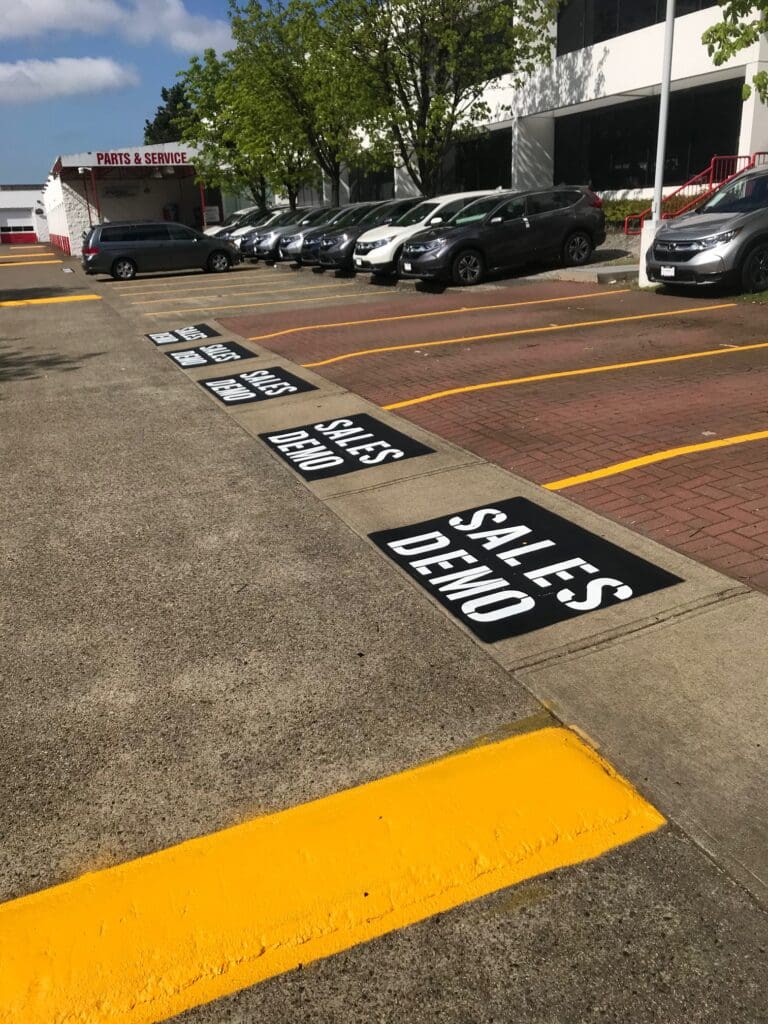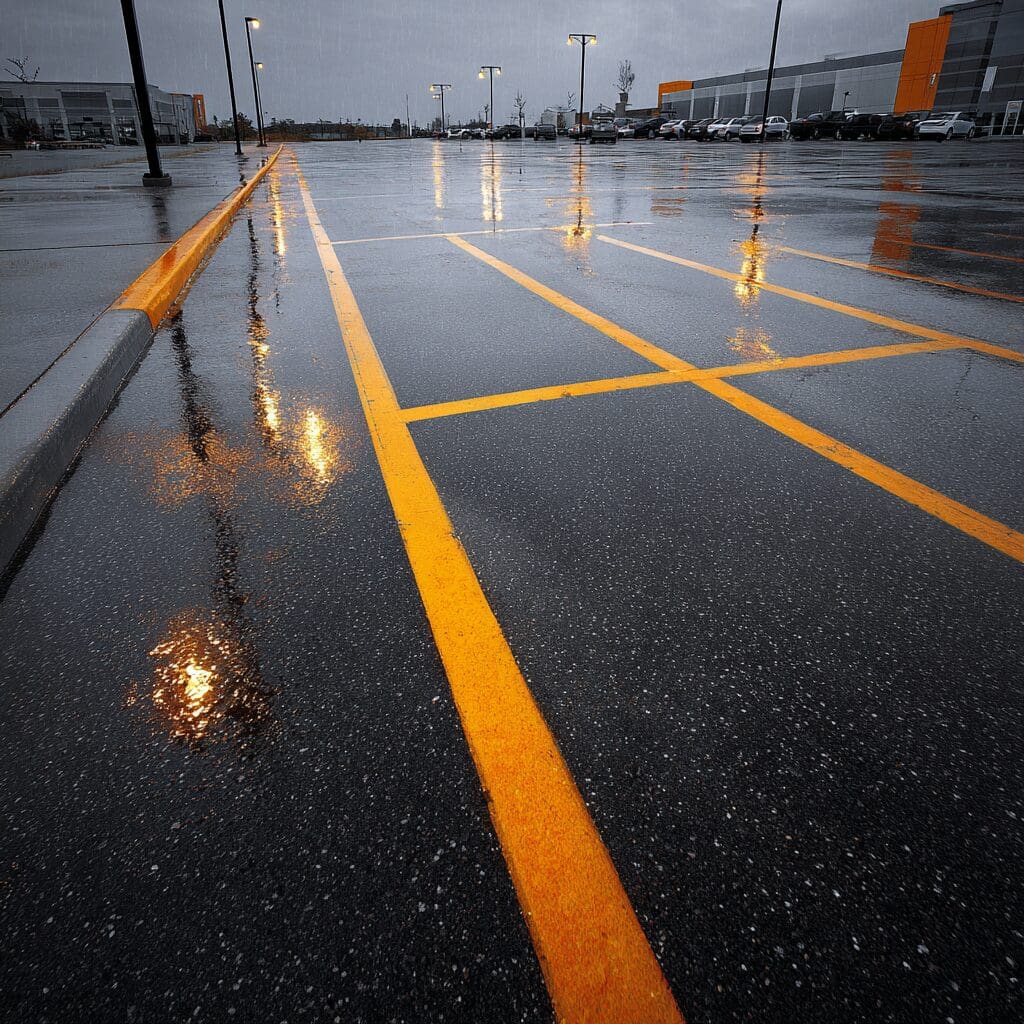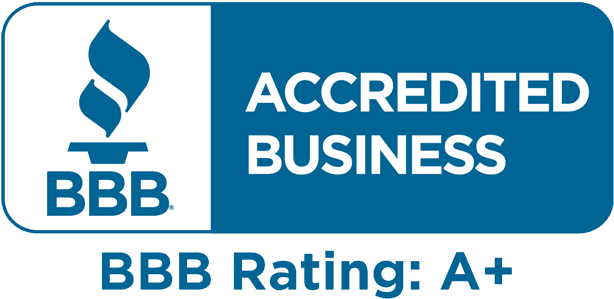When you manage a commercial property, safety and compliance aren’t optional – they are fundamental to keeping your operations running smoothly. Whether you oversee a retail complex, logistics hub, or residential development, your parking areas, roadways, and loading zones play a critical role in daily operations. Clear, professional line painting is often overlooked, yet it has a dramatic impact on safety, regulatory compliance, and the impression your property makes on clients and tenants.
Across the Fraser Valley, many facility managers and property owners have witnessed firsthand the benefits of investing in clear and durable markings. Professional line painting aligns with local regulations and industry standards while enhancing day‑to‑day operations. Let’s explore why this service matters and how it supports both safety and compliance in your commercial spaces.
Seasonal Maintenance Challenges in the Fraser Valley
The Fraser Valley’s unique weather patterns present additional considerations for line painting. Heavy rainfall can cause water pooling and premature fading of markings if drainage is poor. At the same time, snow and ice removal efforts during winter can wear away even high‑quality paints faster than expected.
Property managers often need to plan repainting schedules around these seasonal impacts, taking advantage of drier months for application and allowing extra inspections after harsh winters. By accounting for local weather conditions, you can extend the life of your markings and maintain safety standards year‑round.
The Link Between Clear Markings and On-Site Safety
Every day, your property accommodates a variety of vehicles, pedestrians, and service operations. Without clearly defined traffic flows, the risk of accidents rises dramatically. Faded, poorly placed, or non-compliant markings can lead to confusion that endangers staff, visitors, and customers.
Proper line painting provides visual cues that guide drivers safely through parking lots and loading areas, highlights pedestrian walkways to reduce the chance of collisions, marks fire lanes and no-parking zones clearly to ensure emergency access, and defines accessible parking spots in compliance with Canadian accessibility regulations. Well-planned layouts anticipate how people and vehicles move through your property, supporting safer navigation for everyone.
Safety Insight:
Clearly marked pedestrian crossings and vehicle lanes reduce accidents and improve traffic flow, creating a safer environment for everyone on site.
Why Compliance Is Critical (and Non-Negotiable)
Local bylaws and national standards require commercial properties to maintain specific markings, including accessible parking indicators, directional arrows, and safety zones. When these markings fade or fall out of alignment with updated standards, you risk fines, liability issues, and even reduced insurance coverage. Professional line painting ensures that:
- Accessible parking spaces meet current provincial requirements.
- Fire routes are correctly designated and always visible.
- Loading areas follow municipal regulations for clearance and flow.
- Crosswalks meet safety standards for width, placement, and visibility.
Neglecting these details can result in costly penalties and reputational harm. More importantly, non-compliance can put people at risk. By scheduling regular inspections and touch-ups, you ensure your property remains compliant with evolving regulations while safeguarding those who use your space.
Professional-Grade Materials for Long-Lasting Results
A significant difference between a basic application and a professional approach lies in the materials and techniques used. High-quality, weather-resistant paints and thermoplastic coatings are designed to endure the heavy traffic of commercial properties.
Important considerations include seasonal weather conditions in the Fraser Valley, the type of surface (asphalt or concrete) and its preparation requirements, as well as UV exposure and drainage patterns that impact longevity. Attention to these details helps create markings that remain visible and effective far longer than standard paints, reducing the frequency of reapplications and lowering long-term costs.
Did You Know?
Investing in premium-grade paints can extend the lifespan of your line markings by several years, saving both time and maintenance costs in the long run.
Planning Line Painting With Minimal Disruption
Downtime affects your bottom line, so planning is key. A professional contractor will work with you to schedule around peak hours, phasing work so your property remains operational. Evening, weekend, or early morning applications can significantly reduce interruptions.
Clear communication with tenants or staff also ensures everyone knows when and where work will occur. Phasing large lots into sections allows traffic flow to be maintained while work is completed efficiently and safely.

Beyond Safety: Enhancing Your Property’s Appearance
Well-maintained line painting isn’t just about compliance; it improves the overall presentation of your commercial space. Crisp, bright markings give the impression of a well-managed, professional property.
For businesses, this visual appeal can influence customer perceptions, tenant satisfaction, and even property value. A retail plaza with faded, cracked markings appears neglected, while one with freshly painted lines signals attention to detail and a commitment to a positive experience.
Partnering With Experts and Setting Standards
Selecting a contractor with experience in commercial projects is important. Look for teams that provide clear communication, follow recognized safety standards, and offer transparent pricing.
A reliable provider should demonstrate knowledge of accessibility requirements and current regulations, and be able to supply references or examples of prior work. Choosing the right partner helps ensure long-lasting, compliant results without unnecessary disruption.
Regular Maintenance Protects Your Investment
Even the best line painting will wear over time due to weather and traffic. Implementing a maintenance plan ensures your markings remain effective and compliant.
Many property managers schedule annual inspections and touch-ups to stay ahead of wear and tear. A long-term plan strikes a balance between budget considerations and safety and regulatory needs. Proactive care not only saves money but also reinforces your reputation as a responsible property manager.
Pro Tip:
Documenting your maintenance schedule and inspections helps demonstrate due diligence if compliance questions ever arise.

Sustainability and Eco-Friendly Options in Line Painting
Modern property management often involves considering environmental impact. Many businesses and municipalities now prioritize eco-friendly materials and methods for maintenance projects.
Low-VOC (volatile organic compound) paints and sustainable application methods minimize waste while still meeting strict safety and compliance standards. These products can also help maintain air quality in enclosed parking structures. By choosing environmentally responsible solutions, you demonstrate that sustainability is valued alongside safety and compliance.
Another growing trend is reflective or photoluminescent markings, which enhance visibility at night without additional electrical lighting. These innovative materials enhance safety while reducing energy costs, making them a prudent long-term investment for large-scale commercial spaces. Exploring these options during your next line painting project aligns your property with modern sustainability standards while still meeting all functional and regulatory needs.
Final Thoughts
Professional line painting is far more than a finishing touch. It is a proactive measure that protects staff, customers, and tenants while ensuring compliance with evolving regulations. Clear markings reduce confusion, prevent accidents, and create a polished first impression for all visitors to your property.
Maintaining your commercial space is an ongoing responsibility, and having clear, durable markings is an essential part of that process. With thoughtful planning, appropriate materials, and regular maintenance, line painting becomes a valuable tool for enhancing safety, ensuring compliance, and promoting long-term operational efficiency.
Frequently Asked Questions
How often should I schedule line painting for my commercial property?
Most commercial properties benefit from a review every 12 to 18 months, though high-traffic areas may require more frequent touch-ups. Weather exposure and usage patterns are key factors in determining timing.
Are there specific regulations for accessible parking markings in British Columbia?
Yes. Accessible parking spaces must meet provincial size requirements, include proper signage, and display the international accessibility symbol. A professional contractor ensures these standards are met.
Can line painting be done without shutting down my entire parking lot?
Absolutely. Professional teams typically phase work, closing sections at a time and scheduling during off-peak hours to minimize disruption.
What materials provide the longest-lasting results for line painting?
High-grade traffic paints and thermoplastic coatings are designed for durability, resisting wear from weather and heavy traffic better than standard paints.
How do I know if my current markings meet compliance standards?
A professional assessment is the best approach. Experienced contractors can review your property, identify any compliance gaps, and recommend updates to bring your markings in line with current regulations.

